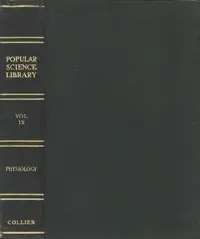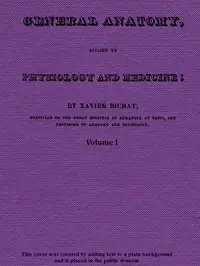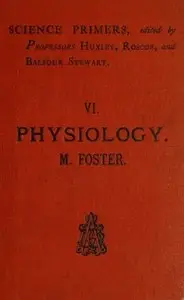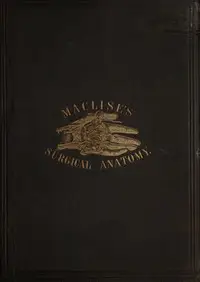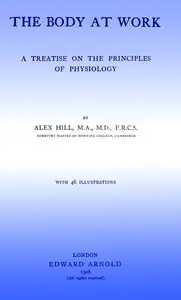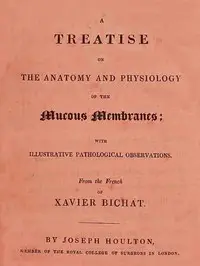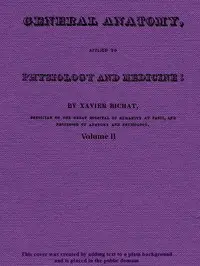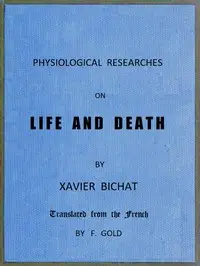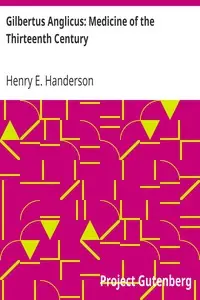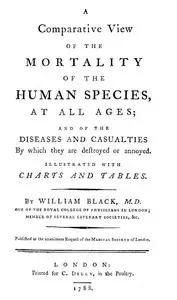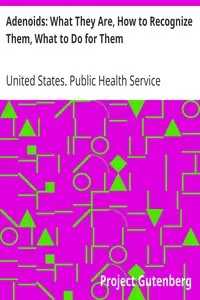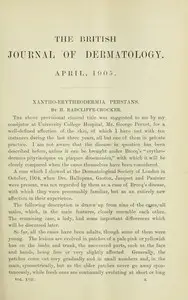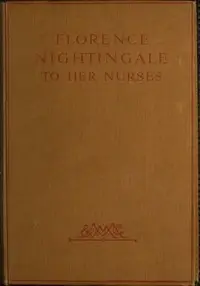"General Anatomy, Applied to Physiology and Medicine, Vol. 3 (of 3)" by Xavier Bichat is an early 1800s scientific book that explains anatomy in physiology and medicine, focusing on the muscular system of organic life. Bichat's book is a key work for understanding how body parts connect to what they do, greatly helping medical science. This particular volume looks at the muscular system of organic life, showing how it's different from the animal muscular system. Bichat explains how muscles in the chest, stomach, and pelvis are very different from muscles we can control. He points out that involuntary muscles have their own special traits, jobs, and reactions. Through careful looks and comparisons, he sets the stage for understanding how different body systems work together, showing just how important the organic muscular system is for keeping us alive.
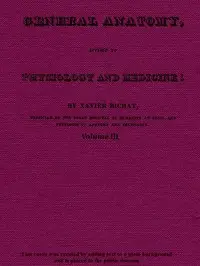
General Anatomy, Applied to Physiology and Medicine, Vol. 3 (of 3)
By Xavier Bichat
Discover the secrets of the body's inner workings as this scientific investigation uncovers the differences between voluntary and involuntary muscles and their vital roles in keeping us alive.
Genres
Released
2018-01-07
Formats
mobi (images)
epub
mobi
epub (images)
epub3 (images)
txt
Free Download
Summary
About the AuthorMarie François Xavier Bichat was a French anatomist and pathologist, known as the father of modern histology. Although he worked without a microscope, Bichat distinguished 21 types of elementary tissues from which the organs of the human body are composed. He was also "the first to propose that tissue is a central element in human anatomy, and he considered organs as collections of often disparate tissues, rather than as entities in themselves".
Marie François Xavier Bichat was a French anatomist and pathologist, known as the father of modern histology. Although he worked without a microscope, Bichat distinguished 21 types of elementary tissues from which the organs of the human body are composed. He was also "the first to propose that tissue is a central element in human anatomy, and he considered organs as collections of often disparate tissues, rather than as entities in themselves".
Total Reviews
10.0k
Total reviews from Goodreads may change

